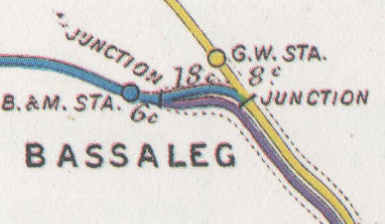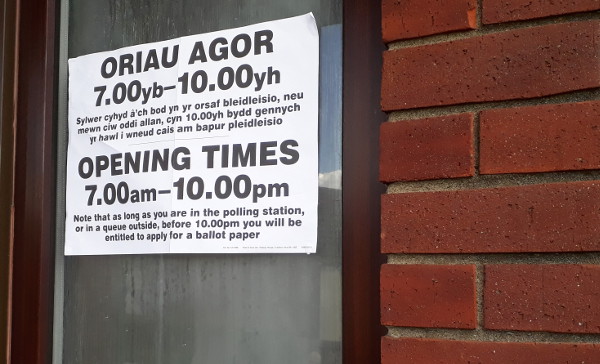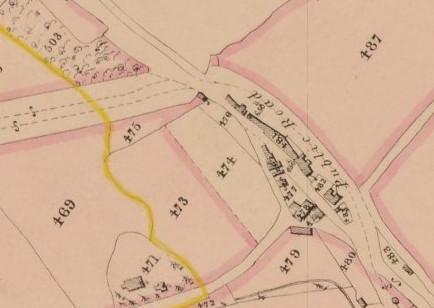Books I Haven't Read (part twelve)
A journey of discovering a book didn't need to be read
It’s always nice, when you go away and rent a cottage for a few days, to see if it’s been furnished with any interesting books. Sometimes you’re unlucky, and there’s nothing at all, or something worse than useless that charity shops would turn away. Sometimes, though, there’s something good: a book that makes you think “oh, I’d have read that if I knew it existed,” or something relevant to the local area. When visiting Calderdale a couple of years ago I found a fascinating book about the in-depth history of the parish we were staying in, right down to the surviving evidence for its medieval boundaries. Well, I thought it was fascinating, at any rate. Naturally, as you can’t take the books home with you, there’s a pressure to at least finish enough of a potentially-interesting one to see if you might want a copy yourself, or read the whole thing before you go.
For the past few days we’ve been staying in North West Wales, riding on trains, rambling about a bit, sending photos off to various people among the cast of characters that occasionally pop up in this blog. In the cottage we’re staying in there’s only a handful of books: some vintage ones clearly bought purely as ornament for an awkward corner, and a basket of a few local interest books, mostly fairly dull: technical climbing route guides for example. There was one, though, that looked like it might be an interesting read. If you’ve read the title, you probably guessed that I didn’t finish it. The Hills Of Wales by Jim Perrin.
Perrin has been an outdoor writer for many many years. He pops up fairly regularly in the Guardian’s “Country Diary” column. I’ve never been able to read any newspaper’s “Country Diary” without thinking of Evelyn Waugh’s famous Scoop!, in which the hapless diarist is accidentally packed off to become a war correspondent, but Perrin is as far from the pale, inexperienced and incompetent journalist in that novel that you could imagine. He’s an elderly man, and has been walking the hills and landscapes of Wales for many, many years. Myself, I’m very interested in the hills and landscapes of Wales, so I thought it would be a natural fit.
The biggest structural problem I have with the book is that it’s collated from various short pieces of work written at scattered times over the last thirty years, rearranged and grouped together geographically, so that a certain block of landscape (Meirionydd, for example) is kept together in one place. This leads, though, to a lot of repetition. The same descriptive lines about each hill reoccur, the same anecdotes. Picking it up to read half a chapter at a time, without a bookmark, I found myself flicking back and forth unsure if a particular line was one I had read previously or not.
More than that though, I started to find the content of the book, on some level, distasteful. It’s something that I find in quite a lot of nature writing, unfairly or not. It is focused very much on a particular way of enjoying the countryside, one that is focused very much on personal remoteness and on a particular rural aesthetic. On the countryside being used in the right kind of way. Traditional farming: good. Authors and artists moving out to the country to get in touch with their underlying roots: good. Archaeology: good. Wind turbines: bad. Industry: bad. I don’t want to call this classist, I think that would be wrong, especially given the history of class involvement in the countryside right-to-access movement over the 20th century. It’s certainly, though, a very elitist view of the countryside, of the right reasons to be there. There’s no space in it for a lot of the people who use it, or a lot of the people who actually live there day-to-day.
So, I’ve given up on The Hills Of Wales before reaching the end. It’s a personal book, sure, but it feels such a one-sided book that I feel I could never be friends with it. I closed it, after another anecdote about a great countryside-loving man the author once knew, with the feeling in the end that all the hills of Wales were one and the same, with the same cast of artists and poets and romantic lone shepherds populating them. That, surely, must be the opposite of the author’s intention.

 Home
Home





 Newer posts »
Newer posts »